The Kubernetes Top 5 Hits of 2018
 The Kubernetes project made a lot of progress in 2018 in terms of maturity, stability, and scalability, which helped drive M&A activity and a greater focus on security.
The Kubernetes project made a lot of progress in 2018 in terms of maturity, stability, and scalability, which helped drive M&A activity and a greater focus on security.
Intel, Dell Study Finds Data Center Expansion Eats Up the Bulk of IT Teams’ Work
 It concludes that IT teams are looking to new technologies like artificial intelligence to meet their data center demands.
It concludes that IT teams are looking to new technologies like artificial intelligence to meet their data center demands.
Oracle’s Purchase of Talari Makes It the First Major Public Cloud Provider to Offer SD-WAN
 Oracle had previously tried to create its own SD-WAN technology, but it couldn’t get it to market fast enough for its customers.
Oracle had previously tried to create its own SD-WAN technology, but it couldn’t get it to market fast enough for its customers.
SDxCentral’s Year of Change, Looking Toward 2019
 As we wrap up the year, I want to reflect on some lessons learned and preview a few changes coming to SDxCentral in 2019. When 2018 started, we took a hard look at what was valued by our audience and realized we had overextended ourselves in some areas and underinvested in others. As part of... ...
As we wrap up the year, I want to reflect on some lessons learned and preview a few changes coming to SDxCentral in 2019. When 2018 started, we took a hard look at what was valued by our audience and realized we had overextended ourselves in some areas and underinvested in others. As part of... ...
Desigual Transforms the In-Store Customer Experience with Docker Enterprise
At DockerCon Barcelona, we awarded Desigual with the first ever Rising Star Docker Customer Innovation Award. The Desigual team earned the award by building a brand new in-store shopping assistant application in just 5 months thanks to Docker Enterprise. The digital shopping assistant is already deployed at over 100 stores, and is being rolled out to all of Desigual’s 500-plus clothing stores worldwide in the coming months.
In this 2 minute video, Desigual gives the highlights of their story:
The Desigual team analyzed existing sales data and found that of lost in-store sales, 60 percent were because a particular size was out of stock, and 40 percent were because a product wasn’t available in the catalog.
They wanted to create a customer-first shopping experience that would stand out among retail clothing brands and help store associates recommend alternatives to customers. To do that, they needed to tie multiple elements together: Store point-of-sale (POS), the online catalog, mobile capability, and personal attention through the shopper profile.
Mathias Kriegel, IT Ops Lead and Cloud Architect, and Joan Anton Sances, Software Architect, discussed the project and why they selected Docker Enterprise in their presentation at DockerCon Barcelona 2018.
Ericsson Turnaround Could Limit Growth Potential, Says TBR
 The report cited a divergent business path compared with Nokia and hinted at a potential upside for Ericsson due to continued geo-political issues for Huawei and ZTE.
The report cited a divergent business path compared with Nokia and hinted at a potential upside for Ericsson due to continued geo-political issues for Huawei and ZTE.
Ten new data centers: Cloudflare expands global network to 165 cities


Cloudflare is excited to announce the addition of ten new data centers across the United States, Bahrain, Russia, Vietnam, Pakistan and France (Réunion). We're delighted to help improve the performance and security of over 12 million domains across these diverse countries that collectively represent about half a billion Internet users.
Our global network now spans 165 cities, with 46 new cities added just this year, and several dozen additional locations being actively worked on.
United States of America
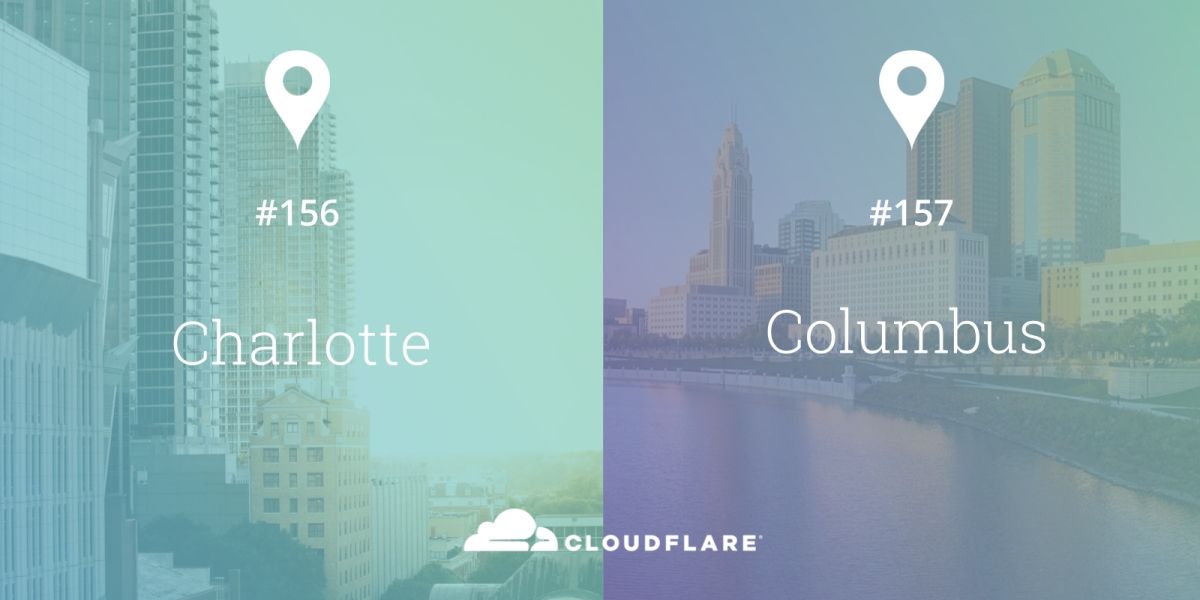
Our expansion begins in the United States, where Cloudflare's 36th and 37th data centers in the nation serve Charlotte (North Carolina) and Columbus (Ohio) respectively. They are promising markets for interconnection, and join our existing deployments in Ashburn, Atlanta, Boston, Chicago, Dallas, Denver, Detroit, Houston, Indianapolis, Jacksonville, Kansas City, Las Vegas, Los Angeles, McAllen, Memphis, Miami, Minneapolis, Montgomery, Nashville, Newark, Norfolk, Omaha, Philadelphia, Portland, Richmond, Sacramento, Salt Lake City, San Diego, San Jose, Seattle, St. Louis, Tallahassee, and Tampa.
Bahrain
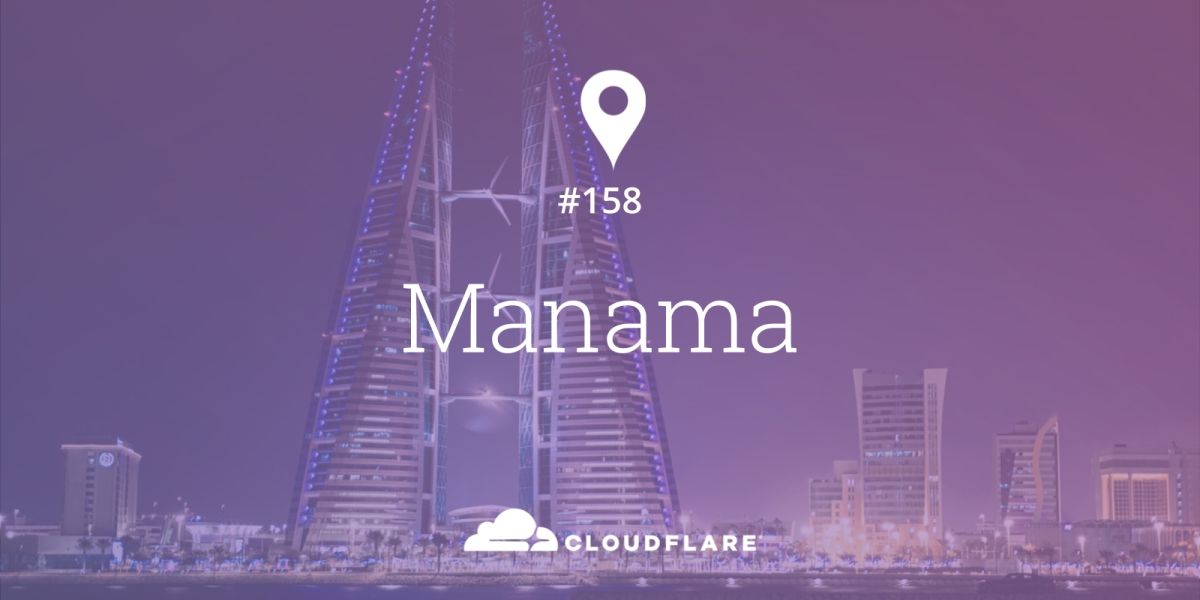
Cloudflare's Manama (Bahrain) data center, our 158th globally, further expands our Middle East coverage. A growing hub for cloud computing, including public sector adoption (with the Kingdom's "Cloud First" policy), Bahrain is attracting talent and investment in innovative companies.
Russia
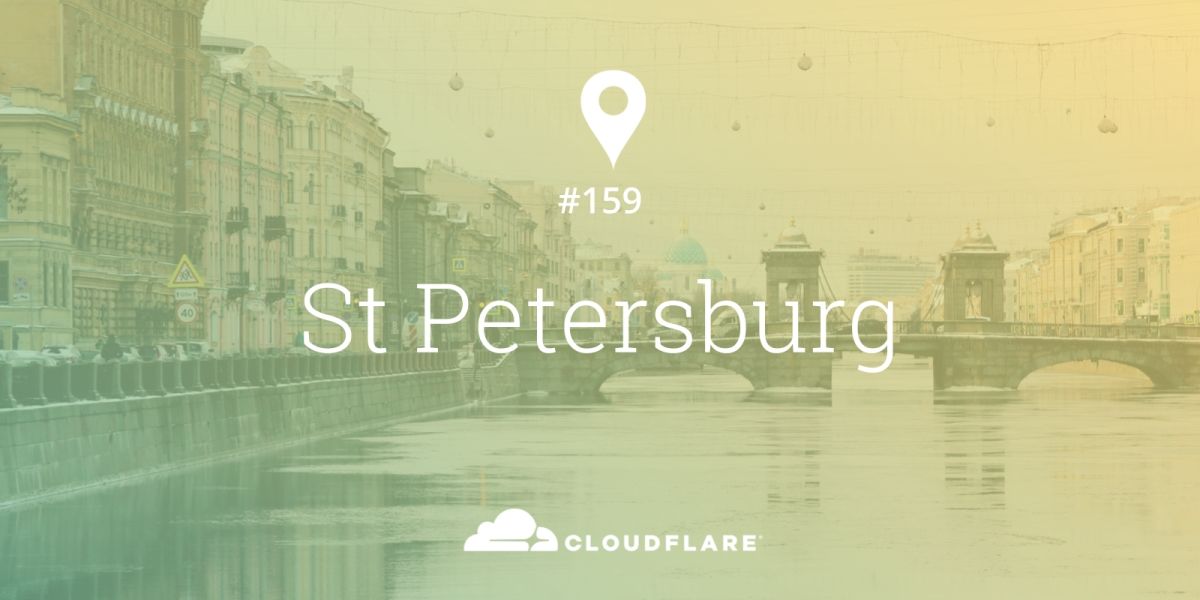
Cloudflare's new Continue reading
Watch Out Networking, the Service Mesh Will Rock Your World
 Service meshes could displace many L4-7 networking functions. But will they?
Service meshes could displace many L4-7 networking functions. But will they?
Banking-Grade Credential Stuffing: The Futility of Partial Password Validation


Recently when logging into one of my credit card providers, I was greeted by a familiar screen. After entering in my username, the service asked me to supply 3 random characters from my password to validate ownership of my account.

It is increasingly common knowledge in the InfoSec community that this practice is the antithesis of, what we now understand to be, secure password management.
For starters; sites prompting you for Partial Password Validation cannot store your passwords securely using algorithms like BCrypt or Argon2. If the service provider is ever breached, such plain-text passwords can be used to login to other sites where the account holder uses the same password (known as a Credential Stuffing attack).
Increased difficulty using long, randomly-generated passwords from Password Managers, leads to users favouring their memory over securely generated unique passwords. Those using Password Managers must extract their password from their vault, paste it somewhere else and then calculate the correct characters to put in. With this increased complexity, it further incentivises users to (re-)use simple passwords they can remember and count off on their fingers (and likely repeatedly use on other sites).
This is not to distinct thinking that originally bought us complex Continue reading
Creating Networks – Youth and Internet Governance
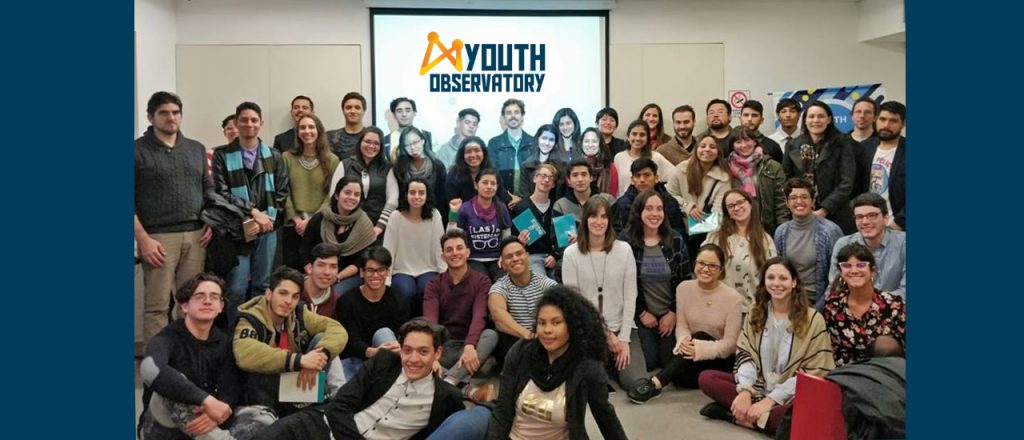
The “Youth Observatory” is a project created by the members of the Youth SIG of the Internet Society, which seeks to build a participative platform which uses different tools in order to bring the knowledge of the governance and the Internet’s principles to the youth, no matter the language, sex, race, religion, building new capacities among them. Participants: Juliana Novaes, Carlos Rubí, Ángel David Santiago, Eduardo Tome, Giovanna Michelato, Guilherme Alves, Isabela Inês, Jhon Caballero, Paula Côrte Real, Juan Pablo González, Augusto Luciano Mathurin, Renata Ribeiro.
 The Youth Observatory is a non-profit organization, made up of members of the Internet Society’s Special Interest Group (Youth – SIG), which seeks to build a participatory space where, through different platforms, tools and communication channels, young people can exchange knowledge about Governance and Internet principles.
The Youth Observatory is a non-profit organization, made up of members of the Internet Society’s Special Interest Group (Youth – SIG), which seeks to build a participatory space where, through different platforms, tools and communication channels, young people can exchange knowledge about Governance and Internet principles.
This organization was born in the context of the Youth@IGF 2015 initiative, a program led by Internet Society and the Internet Management Committee in Brazil (CGI.br) that tried to increase the participation of young people in areas of discussion on Internet Governance in Latin America and the Caribbean. At the time, the forum was attended by 120 young people from the region.
Since its creation, the Youth Observatory Continue reading
We Cannot Shape the Internet’s Future Without the Voices of Youth

After almost a decade, the Internet Governance Forum (IGF) remains a cornerstone of international Internet and local governance with participation from over 140 countries. The approach of the IGF is simple: anyone who has a stake in the future of the Internet can go and be heard. It was founded and operates on the principles of being bottom-up, transparent, and inclusive.
At the Internet Society, we want to empower youth as a key force in reforming decision making approaches to deliver sound Internet policies that put people’s interests at the center. With the goal of having Youth Voices heard, together we must demand world leaders to break down the barriers that shut their voices out. With this in mind, and together with our partners, we have brought more than 200 youth to IGF 2015, 2016, 2017 and 2018, under the Youth@IGF program. This is part of our commitment to ensure that the next generation of Internet leaders are primed to advance an open, globally-connected, secure, and trustworthy Internet for everyone.
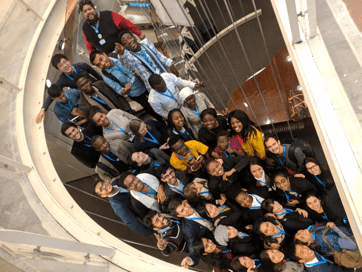
Some of the 50 Youth@IGF Fellows who attended this year’s IGF in Paris wanted to share with us their impressions of the Youth@IGF Program and the IGF.
Marko Paloski from Continue reading
SD-WAN Can Reduce WAN Costs by Half
Just like SIP trunking cut voice transport costs by 50%, SD-WAN can do the same, which is why there's so much hype.
Zero-Touch Provisioning with Patrick Ogenstad (Part 2)
Last week we published the first half of interview with Patrick Ogenstad, guest speaker in Spring 2019 Building Network Automation Solutions online course (register here). Here’s the second half.
ZTP is about provisioning. Can this include configuration as well?
You could argue that provisioning is a form of configuration and in that sense, provisioning can certainly include configuration. If your ZTP solution is good at configuration management is another question.
Read more ...